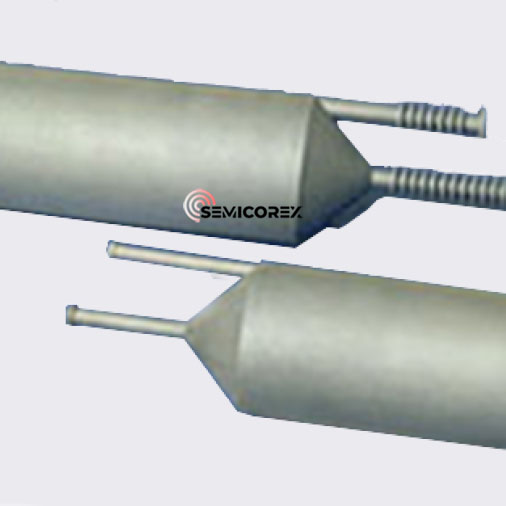Common semiconductor components and their functions
2023-10-17
Semiconductor components are electronic devices or materials that are specifically designed to manipulate electrical signals, control the flow of electrical current, or perform other electronic functions within electronic circuits. Semiconductors are a fundamental building block of modern electronics and are found in a wide range of devices, from microchips and transistors to diodes and integrated circuits. Here are some common semiconductor components and their functions:
1. Transistors: Transistors are perhaps the most essential semiconductor components. They serve as amplifiers, switches, and signal modulators in electronic circuits. Common types include bipolar junction transistors (BJTs) and field-effect transistors (FETs).
2. Diodes: Diodes are semiconductor devices that allow current to flow in one direction while blocking it in the opposite direction. They are used in rectification (converting AC to DC), signal clipping, and voltage regulation.
3. Integrated Circuits (ICs): ICs, often referred to as microchips or chips, are complex semiconductor devices that contain thousands or even millions of interconnected transistors and other components on a single silicon wafer. They are the brains behind most electronic devices, performing tasks such as data processing, signal amplification, and logic operations.
4. Microprocessors: These are specialized ICs designed for central processing in computers and other digital devices. They execute instructions, perform calculations, and manage the overall operation of a system.
5. Memory Devices: Semiconductor memory devices, such as RAM (Random Access Memory) and ROM (Read-Only Memory), store and retrieve data in electronic systems. RAM provides temporary data storage for active programs, while ROM contains non-volatile data like firmware and software instructions.
6. Optoelectronic Components: These include semiconductor devices like light-emitting diodes (LEDs), laser diodes, and photodetectors. LEDs emit light when current flows through them and are used in displays and indicators, while photodetectors convert light into electrical signals and are used in sensors and optical communication.
7. Voltage Regulators: Voltage regulators are semiconductor components that maintain a constant output voltage despite variations in input voltage or load. They are crucial for stabilizing power supplies in electronic systems.
8. Thyristors: Thyristors, including silicon-controlled rectifiers (SCRs) and triacs, are semiconductor switches that can handle high currents. They are often used in power control and switching applications.
9. Power Transistors: These are specialized transistors designed to handle high power and current levels. They are used in amplifiers, motor control, and power management.
10. Sensors: Semiconductor sensors, like thermistors, pressure sensors, and Hall effect sensors, utilize the electrical properties of semiconductors to measure various physical parameters, such as temperature, pressure, and magnetic fields.
11. Analog-to-Digital Converters (ADCs) and Digital-to-Analog Converters (DACs): These semiconductor components convert analog signals (continuous voltage or current) into digital data and vice versa. ADCs are used in systems that need to digitize real-world measurements, while DACs are used to generate analog output signals.
Semiconductor components play a vital role in the functioning of virtually all modern electronic devices, ranging from smartphones and computers to automotive systems and industrial equipment. Their unique properties, such as the ability to control and amplify electrical signals, make them essential for the development of advanced technology.



